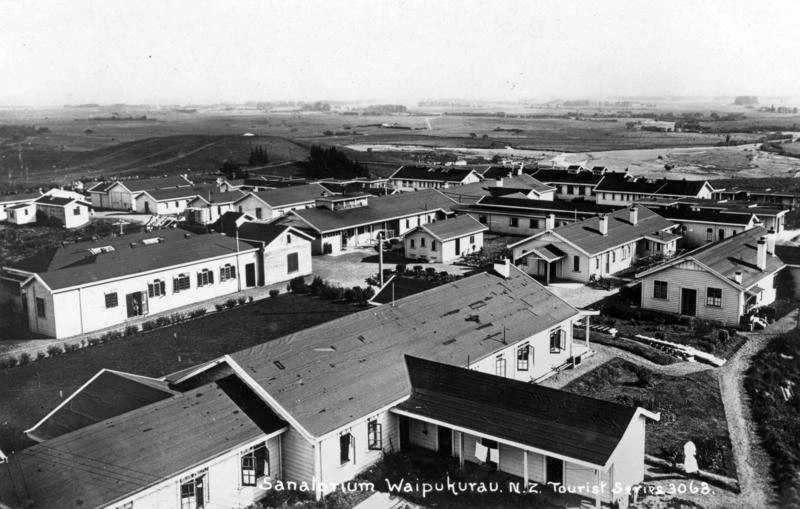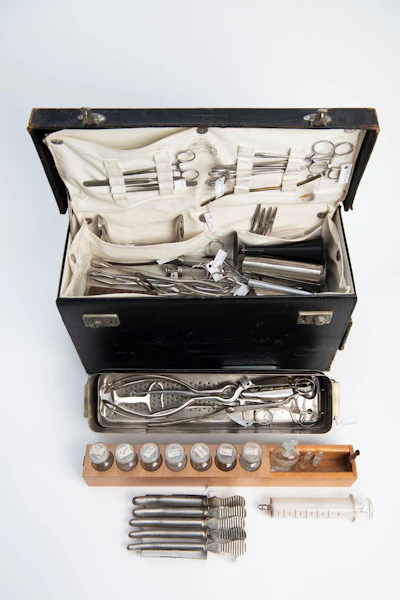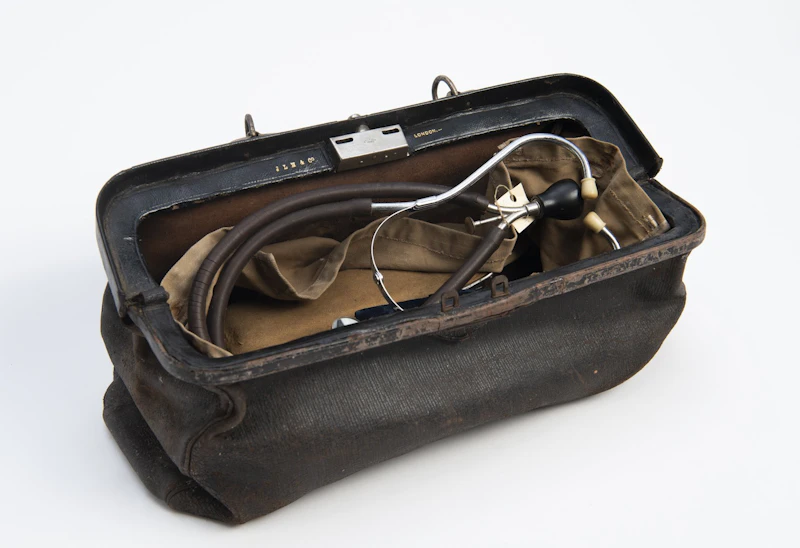by Bayley Moor, Our Health Journeys e-Museum 2025
Artificial pneumothorax machines, like these examples from the Northland Medical Museum collection, were a portable treatment option for Tuberculosis in remote areas of New Zealand.
Tuberculosis (TB) was prevalent throughout New Zealand in the early 1900s and as the highly contagious disease infected lungs across Aotearoa, a range of treatment options were developed to halt the spread. TB, also known as the white plague, was a worldwide problem, occurring mostly in young people and rampant in highly populated and low socio-economic areas. It was named the white plague due to the pale complexion of those infected with the disease.
Sanatoriums and portable treatment
During this period the New Zealand Department of Health and hospital boards set up sanatoriums for the treatment of TB across the country. These included Te Waikato at Maungakawa, Pukeora in the Hawkes Bay and Waipiata Sanatorium in Maniototo.
Sanatoriums were were run on the principles that isolating patients from the wider community and focusing on fresh air, sound nutrition, and targeted exercise would treat ‘consumptives’ and reduce the spread of TB.
Northland did not have a sanatorium, and portable pneumothorax machines like these ones at the Northland Medical Museum were necessary to treat patients. The portable pneumothorax machines pictured were acquired by the Northland Medical Museum in the 2010s. While their full provenance is unknown, it is clear they were used in the Whangārei Hospital due to the original record booklets which still accompany the machines.
Maxwell's Box
The first artificial pneumothorax machine was constructed in 1888 and several designs were produced. The machines at Northland Museum are similar to that of the design of Dr James Maxwell FRCP (1901-1962). This make became known as ‘Maxwell’s Box’ and consisted of a large needle which was inserted into the lung cavity, allowing air or nitrogen to be introduced (via a pump), causing the lung to collapse.
Treatment was carried out on patients who had one lung which showed few or no signs of TB. The machines deflated the infected lung and allowed it to heal. Pneumothorax machines were small enough to allow for transportation to a patient.
Record booklets
The booklets accompanying the machines at Northland Medical Museum recorded when the machine was used and how much air was pumped into each person during their treatment. It is rare for these booklets to remain with the machines, and they offer a valuable insight into the use of these devices.
Pneumothorax machines became obsolete as antibiotics and immunizations became more widely available.
Northland Medical Museum was founded by Dr John Swinney FRCA, and is based at the Heritage Park in Maunu, Whangārei. It is home to a wide range of medical memorabilia and health stories from Northland and New Zealand.
This kōrero | story was originally published on the Our Health Journeys e-museum website in 2025, and is shared on Kōtuia with permission from Our Health Journeys e-museum.



